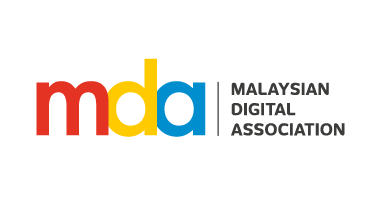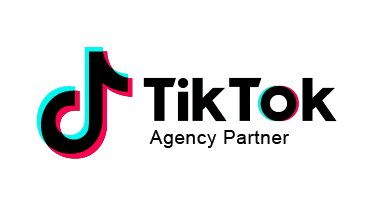Canonical Tags & Why Your Content Needs Them
Duplicate content can be a huge thorn in the side of any site’s SEO efforts. Not only does it make it difficult for search engines to determine which page is the “correct” one to index, but it can also lead to lower rankings and traffic. In this blog post, we’ll discuss canonical tags – what they are, how they work, and why they are essential for websites. Let’s also see some tips on how to set them up correctly. Let’s get started!
What Is A Canonical Tag?
A canonical tag is a way of signalling to search engines that a specific URL represents the master copy of a page. This circumvents the issues caused by “duplicate” content” on various URLs.
A canonical tag looks like a simple & consistent syntax. They are usually are placed in the head section of the page: link rel=“canonical” href=“https://example.com/sample-page/” />
In general, if you’re using WordPress, there are a few plugins that can help make adding canonical tags much easier like Yoast SEO for WordPress. If you’re not using WordPress, then you’ll likely need to add the canonical tag manually to your site’s code.
Canonical Tag & The Role It Plays In SEO
As mentioned earlier, Google dislikes duplicate content, as it makes it harder for them to choose. With canonical tag, it helps signal to google which page they can index. It will reduce your crawl budget. if there’s no canonical tag, it will waste Google’s time crawling multiple versions of the same page instead of crawling important content on the website.
Canonical tag helps merge link equity from all duplicate pages into the one main canonical page. This is essential if you have content that can be accessed from multiple URLs.
When you have a single piece of content that can be accessed via multiple URLs, you want to make sure search engines index the main/master copy of the page and not those variations.
Let’s say you have an eShopping website and the same product is accessible via different URL parameters, canonical tags will help Google index only one version of the product page instead of multiple versions. This is vital as it aids Google’s understanding of which version of the page to target on top for their Search Engine Results Pages.
Matt Cutts announced that they treat canonical tags as hints. In other words, if you have a page with multiple canonicals pointing to it, Google will pick the best URL to index. This is good news for SEOs because we now know that we can use canonical tags on pages even if we’re not 100% sure which version.
How To Check If Your Page Has Been “Canonicalized”?
The easiest way to check if a page has a canonical tag is to view the source code of the page and search for the word “canonical.” The page is canonicalized if you see a canonical URL in the code. If you don’t see anything, then it’s likely that the page is not canonicalized. For more technical standpoint, it’s basically:
View page source > control F search: canonical > Check that the URL part of href= is the URL of the page you would prefer to be indexed.
OR
Easily enough, you can download the Primal chrome plug. It will show the canonical URL of your page.
Besides its vital role in SEO, canonical tags also help with website maintenance. You can easily redirect all traffic from old pages to new pages without setting up multiple 301 redirects.
Overall, canonical tags are a must for any website that wants to rank higher on Google and other major search engines. If you’re not using canonical tags on your site, then prepare to face the “wrath” of Google.










Join the discussion - 0 Comment